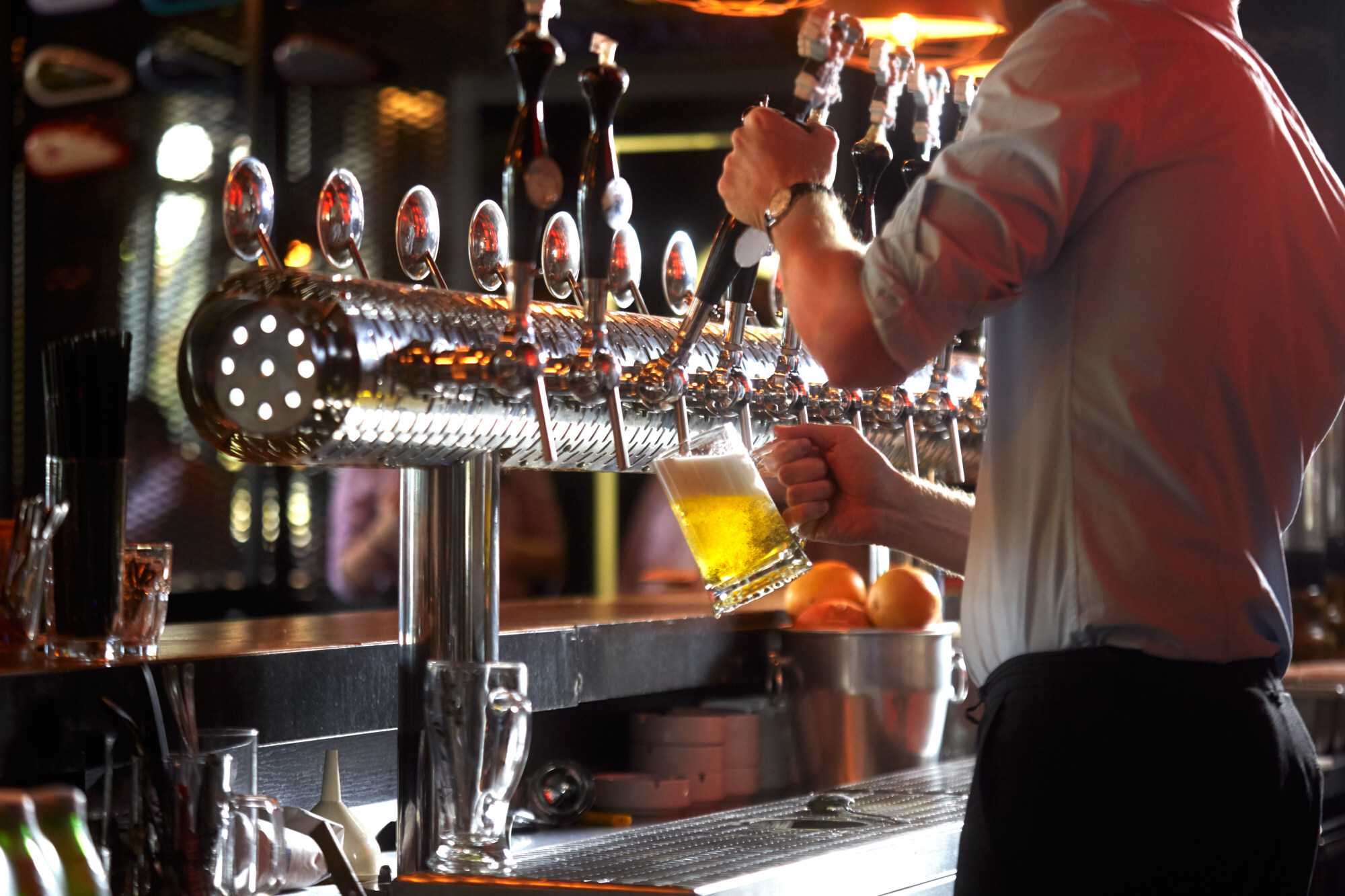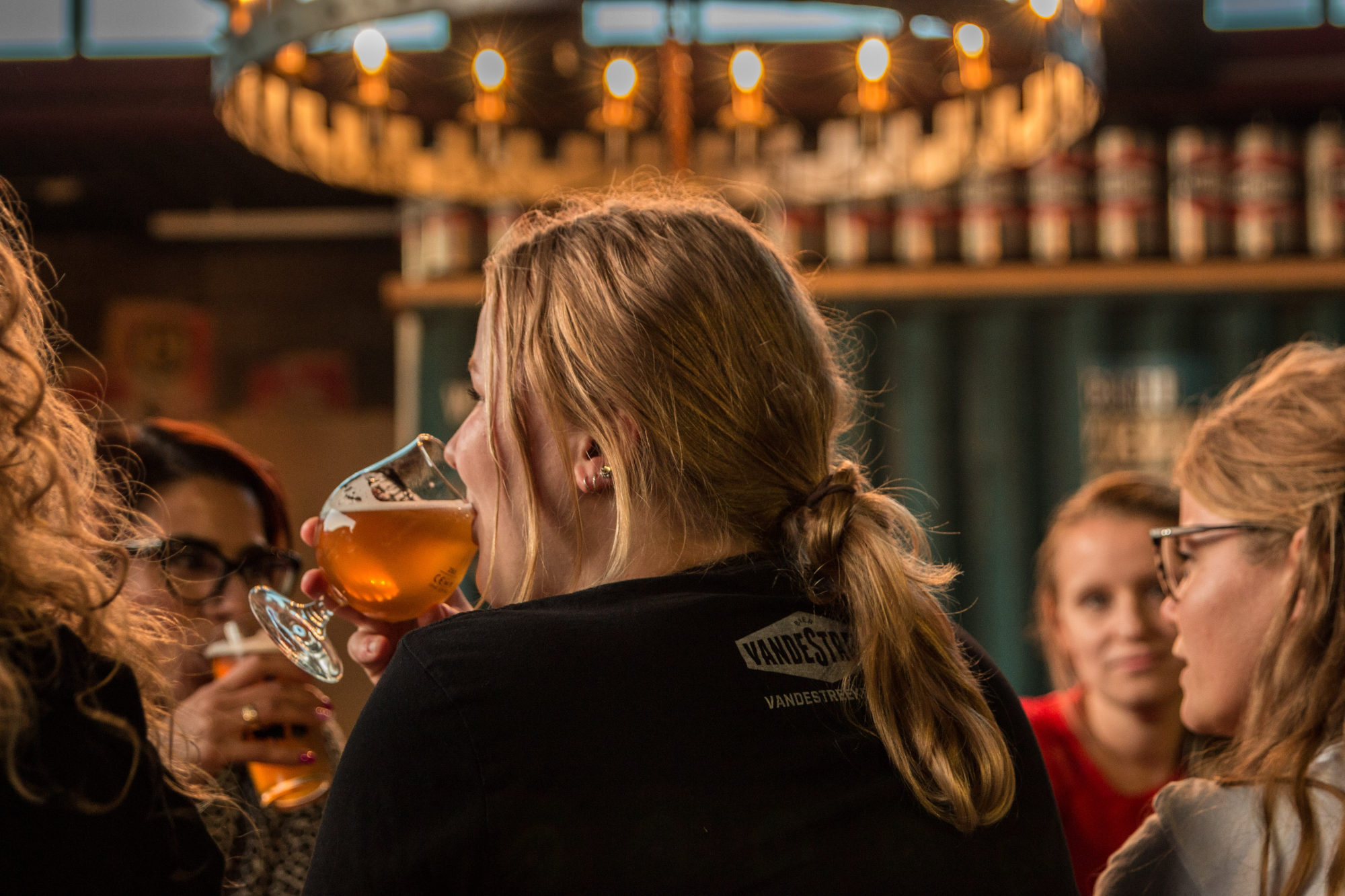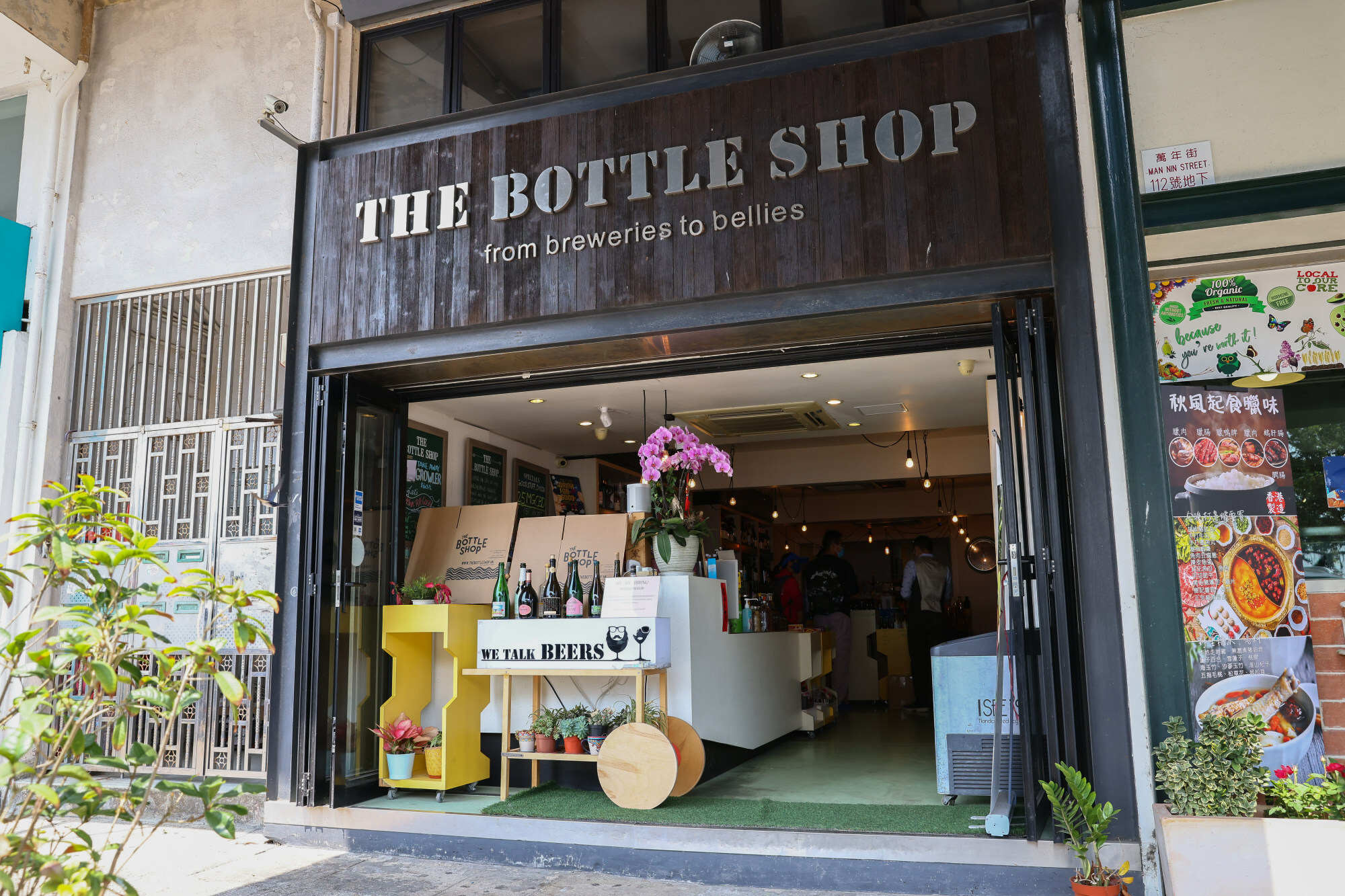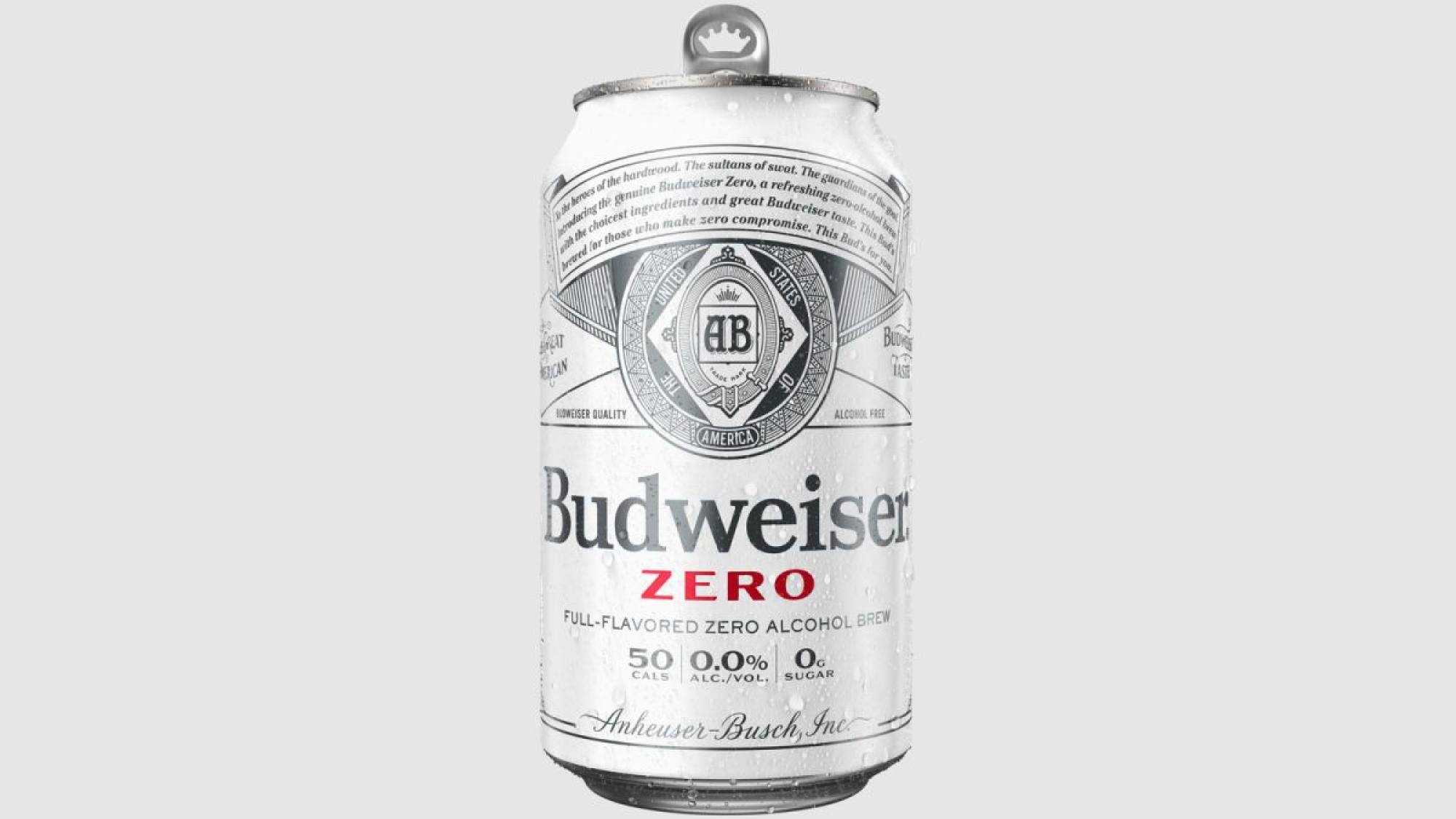
Non-alcoholic beer and low-alcohol beer are a trend among drinkers who choose a healthier lifestyle or don’t want to get drunk
- The worldwide growth in non-alcoholic beer sales is part of a healthy lifestyle trend, especially among young people
- Breweries around the world are releasing alcohol-free beers to cater for the trend towards moderation, and their quality gets better all the time
Alex Metcalfe started experimenting with non-alcoholic beer about five years ago. Originally from Britain, he lives in Hong Kong’s Sai Kung district with his wife and two small children, and is a teacher in a Hong Kong school.
“I started drinking non-alcoholic beer because I wanted to reduce my alcohol intake,” he says. “If you’re going on a night out, or round to somebody’s, it’s an option. You don’t have to go down the public drunkenness route.”
Drinking full-strength beer, wine and mixed drinks was once considered the norm around the world, but a shift in attitude has been under way for some years.

Baby boomers, too, reaching an age when it becomes essential to maintain fitness and health, are forgoing big boozy evenings and embracing moderation.
The rise of alcohol-free spirits and bespoke soft cocktails
Last year, alcohol consumption in 10 nations – including the United States, Germany, Japan and Brazil – fell by 5 per cent, according to market analysis firm IWSR, but increasing sales of non-alcoholic and low-alcohol beverages bucked the trend.
Non-alcoholic beer is widely available in Hong Kong. Supermarket chain ParknShop sells a six-pack of alcohol-free Kellegen Pure Malt online for HK$42.90 and Carlsberg’s non-alcoholic beer is sold by HKTVMall for HK$36.90 for four bottles. Most non-alcoholic beers cost the same as full-strength and low-alcohol beers of similar types.
After his children were born, Metcalfe gradually switched from drinking alcoholic and non-alcoholic beers at different times and in different moods, when he realised he really only enjoyed alcohol-free beer. The choice to entirely dump beer with alcohol in it, he says, hasn’t hampered his social life.

“Particularly being British, there’s a lot of public pressure to drink beer,” he adds. “If you have a non-alcoholic beer you almost feel you are taking part. Maybe you don’t emphasise the fact there’s no alcohol in it.” His beers of choice are often pale ales such as Gweilo Fun House, Big Drop Pine Trail and Brewdog Nanny State.
Brewers have invested heavily in their alcohol-free offerings, and connoisseurs like Metcalfe say they often can’t immediately tell the difference in taste between a full-strength beer and the non-alcoholic version.
Though alcohol-free beers sometimes contain a negligible amount of alcohol, say less than 1.5 per cent, they are still classified as non-alcoholic in many countries. As well as a greatly reduced alcohol content, they also have fewer kilojoules – an increasingly important factor for health-conscious consumers.

Danny Wong has noticed an increasing appetite for non-alcoholic beer in Hong Kong. He and his partner founded The Bottle Shop in Sai Kung six years ago.
Wong doesn’t believe the trend towards non-alcoholic beer has been significantly boosted by the Covid-19 pandemic and the social restrictions imposed to curb it in Hong Kong. “It’s actually been steadily increasing for the past two or three years now,” he says. “The quality has improved significantly as well. Demand outstrips supply, and the supplier runs out regularly.”
Wong’s Bottle Shop stocks three types of non-alcoholic beer: Big Drop Brewing pale ale, Brewdog Nanny State Hoppy Ale, and Suntory All-Free lager. Wong believes only beer drinkers will try non-alcoholic beers; it’s a taste that rarely appeals to non-drinkers.
“It’s usually those who have been drinking for a long time and just want a change,” he says. “They want to mix it up; they still want to be functional after a few drinks.”

He thinks it’s strange that beer, full-strength or alcohol-free, isn’t more popular in Hong Kong. “As much as it does pair with Asian food, beer isn’t that big a culture here in Hong Kong, especially quality beer,” he says.
Some brewers, particularly in the US, are marketing low-alcohol beers with added electrolytes as sports drinks. Other beer ingredients intended to appeal to the health-conscious include sea salts, minerals, fruit and herbs.

“What we’re seeing is a moderation trend that’s sweeping across key global markets, and that’s bringing with it increased demand for reduced-alcohol, or alcohol-free drinks,” said Mark Meek, chief executive officer of IWSR in a February report.
Consumption of non-alcoholic and low-alcohol drinks grew by 30 per cent in the US in 2020, despite bars and restaurants in nearly every town and city being closed because of the coronavirus, according to the report. Consumers worldwide, it says, increasingly accept alcohol-free and low-alcohol beers as quality products.
US-based Anheuser-Busch introduced alcohol-free Budweiser Zero in 2020 and Japanese beer giant Asahi plans to launch “Beery”, with 0.5 per cent alcohol content, this year.
The managing director of Hong Kong drinks distributor Sipfree, John Docherty, worked for Heineken for 15 years before moving to the alcohol-free drinks sector with his own firm.
The quality and the taste, by comparison, is unbelievable. Some of the beers taste exactly the same. You would never know
He saw the appeal of alcohol-free drinks for the younger generation when he went to a pop-up soy milk corporate promotion. “The buyers were young and healthy,” he says. “A lot of the people went out to bars and restaurants but very few of them actually drank.”
Docherty remembers when ordering an alcohol-free beer was considered a no-no. “It was frowned on years ago if you walked into a bar or restaurant and asked for a non-alcoholic beer,” he says. Times have changed, and a range of new and exciting non-alcoholic beers in various styles, including lagers, ales and others, is now available.
Sold in well-designed bottles with catchy labels, the beers appeal to people who don’t want to drink much, or any, alcohol, he says. “The quality and the taste, by comparison, is unbelievable. Some of the beers taste exactly the same. You would never know.”

Sipfree imports nine alcohol-free beers from abroad, including Mikkeller wheat ale (0.3 per cent alcohol) from Denmark, as well as beers from UK-based Big Drop including Pine Tree pale ale (0.5 per cent), Paradiso Citra IPA (0.5 per cent) Galactic Milk Stout (0.5 per cent) and Double Strike sour (0.5 per cent).
From vandeStreek in the Netherlands comes Playground IPA (0.5 per cent), Fruit Machine sour (0.5 per cent) and Bock (0.5 per cent) and the limited edition Funhouse Gweilo IPA (0.5 per cent alcohol) in collaboration with Hong Kong brewers Gweilo.
“The business is growing month on month; it’s amazing,” Docherty says. “We’ve only been going 14 months and the demand is from all over Hong Kong.”

Sipfree sells a range of nine alcohol-free beers, along with alcohol-free wines and spirits, via four different channels; to retailers, including supermarket chains Wellcome and City’super, hotels, restaurants and online. The reopening of Hong Kong’s bars will add another dimension of consumption.
Docherty notes that restaurant menus once rarely included alcohol-free beers, but now often entire sections are devoted to the genre, signalling a giant shift in thinking.
“It’s been a massive change,” he says. “I’m a believer.”
